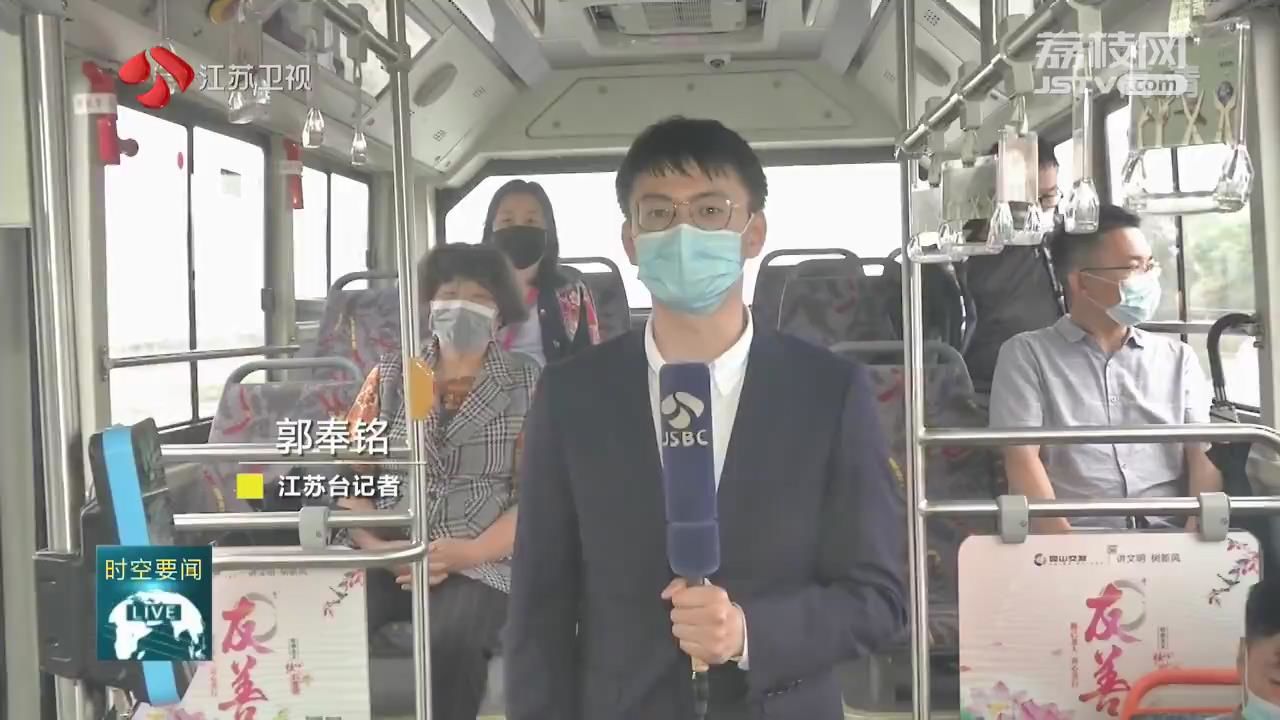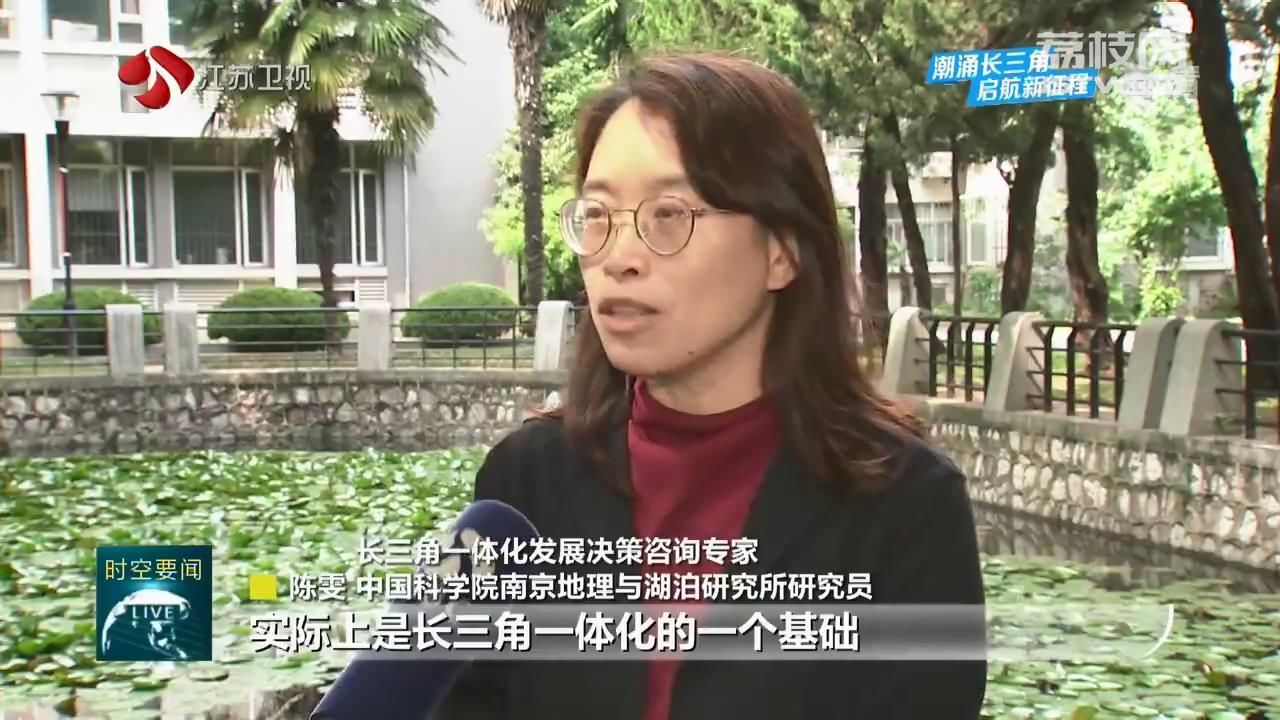The four provincial-level regions in the Yangtze River Delta will make joint efforts to promote the development of an integrated transportation system to give a stronger fuel to the social and economic growth momentum in the delta region. At the first China International Import Expo held in November 2018, Chinese President Xi Jinping declared that the country will make the integrated development of the Yangtze River Delta a national strategy.

A bus route was put into service early in May in the demonstration zone of the integrated development of the Yangtze River Delta to connect Kunshan city and Shanghai.
In the meantime, bus riders from Jiangsu, Shanghai and Zhejiang are enabled to pay their fares by swiping the QR code or bus card.

Wu Long, Resident of Shanghai
I live in Shanghai but I work in Kunshan
This trans-provincial bus route
has facilitated my daily commute
at a reasonable bus fare
while I can also enjoy the beautiful scenery
along the way
The accelerated development of the integrated transportation network in the Yangtze River Delta has benefited the local people. It used to be the practice for the people around the Dianshan Lake of Kunshan in Jiangsu to take a 20-kilometer-detour in the urban area when traveling to Qingpu District of Shanghai though the two places were separated previously.
The highways in Shanghai, Jiangsu and Zhejiang are separated from each other due to the inconsistency in construction standards and varied demand.
Qingpu district of Shanghai, Wujiang district of Jiangsu and Jiashan County of Zhejiang have exerted their efforts to promote transportation infrastructure connectivity by making joint examination and approval since the launch of the demonstration zone of green and integrated ecological development of the Yangtze River Delta in 2019.

Liu Wei, Official with YRD Green and Integrated Ecological Development Demonstration Zone Administration
We have made joint efforts
to make possible integrated administrative
examination and approval
so that a unified standard is in place
to facilitate highway construction contractors
when they submit applications
and ensure consistency in highway construction
Transportation connectivity has been materialized in six of the 17 dead-end highways listed in the framework agreement of the four provincial-level regions in the Yangtze River Delta.
In the meantime, the transportation departments of Shanghai, Jiangsu, Zhejiang and Anhui have accelerated the pace of constructing the light rail transit connectivity network in the Yangtze River Delta.
90% of the prefecture-level cities in the delta region have gained access to the country’s high-speed railway system with more than 6000 kilometers of high-speed rail tracks built in the Yangtze River Delta.
With Shanghai, Nanjing, Hangzhou and Hefei as the transportation hubs, the high-speed railway in the delta region reaches out to trans-provincial prefecture-level cities in three hours, provincial prefecture-level cities in two hours and neighboring prefecture-level cities in one hour.
More than 1200 high-speed train units are being operated on a daily basis in the Yangtze River Delta to give a strong fuel to transportation capacity and make the delta region a primary destination for foreign investment.

Wu Dingyi, Tea Grower in Anhui
The convenience brought about
by the transportation connectivity
has boosted the popularity
of home-stay and rural tourism
so that I am now able to sell
more than 5000 kilograms of fresh tea this year
compared with a bit over 1000 kilograms
in the past years
By the end of the 14th five-year plan period, 17000 kilometers of high-speed railway will have been built in the Yangtze River Delta.
In the meantime, a multi-modal transport network incorporating railway, highway, maritime and air services will be in place with Hongqiao Business District as international hub for China’s further opening-up.

Chen Wen, Consultant on Yangtze River Delta Integrated Development
The transport connectivity
in the Yangtze River Delta
will come up with
a convenient and rapid transport network
and prop up the infrastructures to reduce
the cost of capital, technology, talent
information flow and business deals
so that joint efforts can be made
to facilitate technological breakthroughs
and industrial layouts
and improve the efficiency
of economic and social activities





